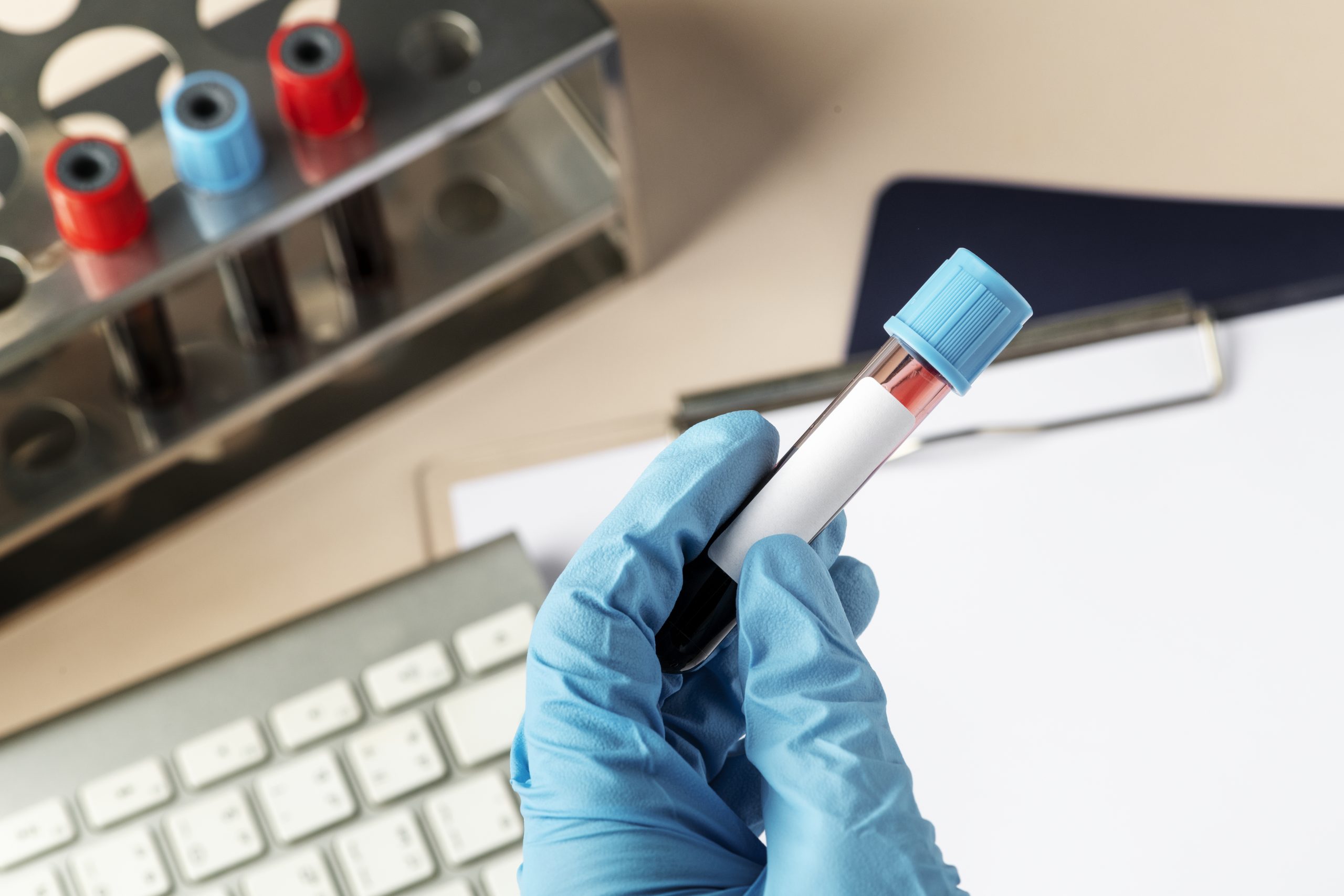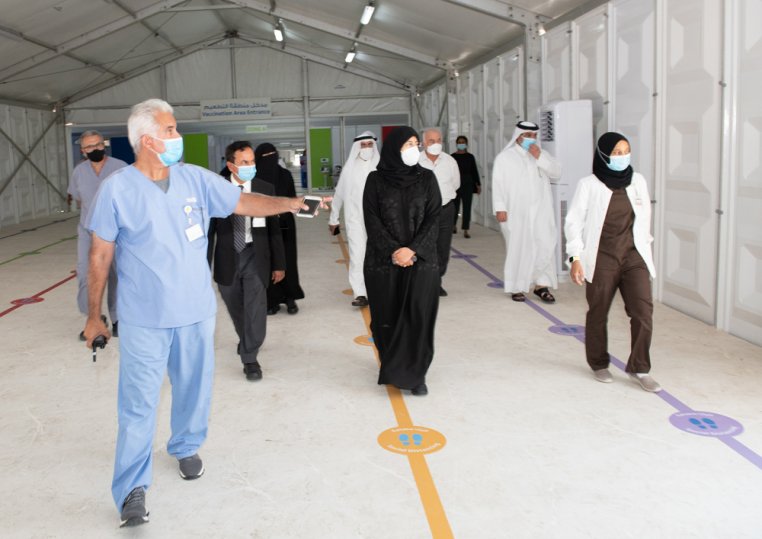Diabetes Mellitus (DM) commonly referred to as diabetes is a group of metabolic disorders in which there are high blood sugar levels over a prolonged period.
The incidence of diabetes and obesity has been rising worlwide in the past few decades. More than 29 million adults in the U.S have diabetes and almost one quarter of them don’t know they have it. In Qatar the incidence of diabetes is 16.7% and 11-23% has pre-diabetes in the Qatari population.
According to International Diabetes Federation, Qatar is ranked number 8 in the top countries with an estimated prevalence of 23.3% in adults between 20-79 years old. Furthermore, the incidence of diabetes in Qatar women is higher than men (53.2% vs. 46.8%).
What is Diabetes?
Diabetes is a metabolic disease that occurs when your blood glucose, also called blood sugar, it too high. When someone has diabetes, their body can not maintain healthy levels of glucose in the blood. Blood glucose is your main source of energy and come from the food you eat.
A hormone called insulin, made by the pancreas, helps glucose from food get into your cells to be used for energy. Sometimes your body doesn’t make enough or any insulin or doesn’t use insulin well.
When people with diabetes eat glucose, which is in foods such as breads, cereals, pasta, fruit and starchy vegetables, legumes, milk, yoghurt and sweets, it can not be converted into energy. Glucose then stays in your blood and doesn’t reach your cells, resulting in high blood glucose levels.
Types of Diabetes
The three main types of diabetes are type 1, type 2, and gestational diabetes.
Type 1 Diabetes:
This form of Diabetes, formerly referred to as juvenile diabetes, develops most frequently in children and young adults; however it can also development in any age. In type 1 diabetes, the body no longer makes insulin or enough insulin because the bodys immune system, which typically protects us from infection by getting rid of bacteria, viruses, and other harmful substances, has attacked and destroyed the cells in your pancreas (β-cells) that make insulin. We do know what causes this auto-imune reaction. Type 1 diabetes is not linked to modifiable lifestyle factors. There is no cure and it can not be prevented and the people need to take insulin every day to stay alive.
Type 2 Diabetes
Type 2 diabetes is the most common type of diabetes, which accounts for 90-95% of those with diabetes. This form of diabetes can affect people at any age, even during childhood. However, this type of diabetes occurs most often in middle-aged and older people. People who are obese and sedentary are also at higher risk of developing type 2 diabetes. This type, usually begins with insulin resistance, a condition that occurs when fat, muscle, and liver cells do not utilize insulin to carry glucose into the cells to use for energy. Type 2 diabetes is associated with modifiable lifestyle risk factors. Most patients with this form of diabetes are obeses. This type also has strong genetic and family related risk factors. People who have type 2 diabetes are also at greater risk of developing cardiovascular diseases such as heart attack, stroke or problems with circulation in their legs and feet.

Gestational Diabetes
Gestational diabetes is characterized by a decrease in glucose tolerance, of variable magnitude, first diagnosed during pregnancy and may or my not persist after giving birth. However, if you’ve had gestational diabetes, you have a greater chance of developing type 2 diabetes later in life. Sometimes diabetes diagnosed during the pregnancy is actually type 2 diabetes. Risk factors for gestational diabetes include family history of overweight and obesity, nonwhite race and advanced maternal age, but independent of risk factors any pregnant woman may manifest this metabolic change. Exercise in pregnancy may reduce gestational diabetes.
Major symptoms of Diabetes

- Feeling very thirsty;
- Passing more urine;
- Unexplained increase in appetite;
- Excessive fatigue;
- Always feeling hungry;
- Losing weight without trying (type 1);
- Gradually putting on weight (type 2);
- Blurred eyesight;
- Unnaturally slow healing of sores;
- Feeling of pins and needles in the feet;
- Development numbness in the feet;
- Dry, itching, skin infection.
Recommendations
- The treatment of diabetes requires, in addition to specialized medical follow-up, the care of a multidisciplinary team. Try to follow the guidelines of these professionals;
- The diet should be observed carefully. Seek help in developing the right menu for your case. It is not necessary for you to deprive yourself of the food you love the most for the rest of your life;
- A regular physical exercise program will help you control your blood sugar level. Put them as a priority in your life routine;
- Smoking causes narrowing of arteries and veins. Because diabetes impairs circulation in small blood vessels (retina and kidneys) and large vessels (heart and brain), smoking can speed up the process and the onset of complications;
- Control of blood pressure and cholesterol and triglyceride levels should be done regularly;
- Cortisone medications increase blood glucose levels. Do not self-medicate;
- Early diagnosis is the first step to successful treatment. Do not minimize your symptoms. Seek health care right away if you are urinating too much and feeling very thirsty and very hungry.
Finally, Prevention is better than cure!
Written by Dr. Tatiana Carneiro-Lobo, Ph.D.






Leave A Comment
You must be logged in to post a comment.